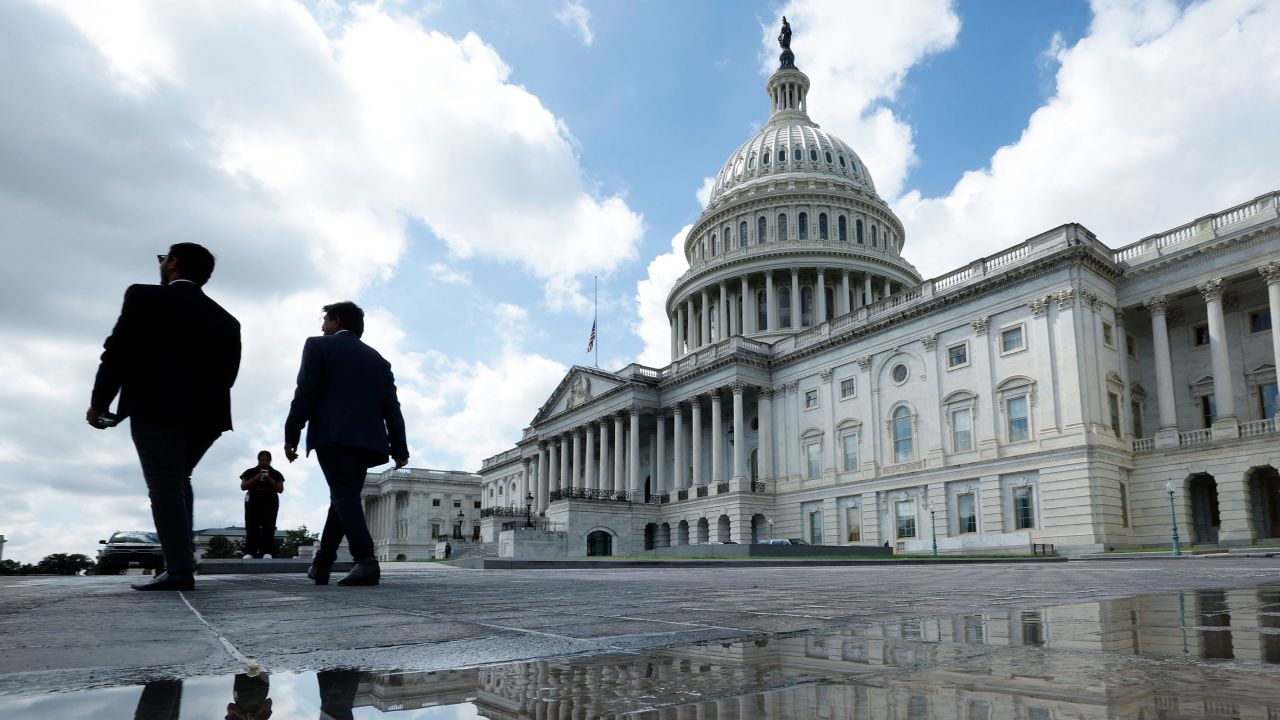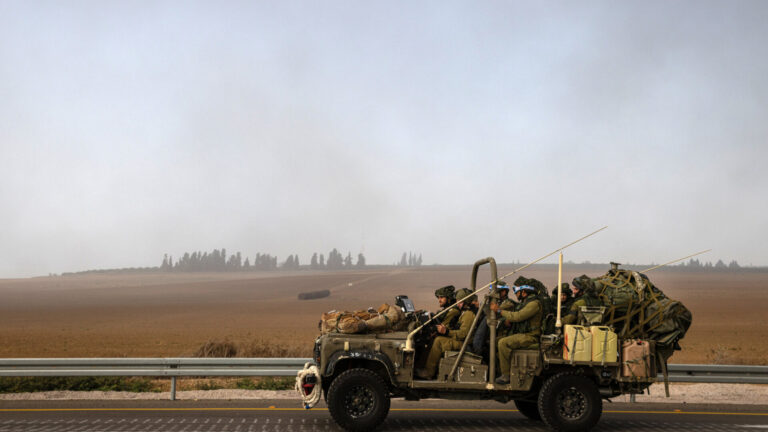Sept 21 (Reuters) – Many U.S. government services would be disrupted and hundreds of thousands of federal workers furloughed without pay if Congress fails to provide funding for the fiscal year starting Oct. 1. Workers deemed “essential” would remain on the job, but without pay.
Here is a guide to what happens during a government shutdown, and who would be affected:
MILITARY
The two million U.S. military personnel would remain at their posts, but roughly half of the Pentagon’s 800,000 civilian employees would be furloughed.
Contracts awarded prior to the shutdown would continue, and the Pentagon could place new orders for supplies or services needed to protect national security. Other new contracts, including renewals or extensions, would not be awarded. Payments to defense contractors such as Boeing (BA.N), Lockheed Martin (LMT.N) and RTX (RTX.N), formerly known as Raytheon, could be delayed.
The Department of Energy’s National Nuclear Security Administration would continue maintaining nuclear weapons.
LAW ENFORCEMENT
Agents at the FBI, the Drug Enforcement Administration, the Secret Service and other federal law enforcement agencies would remain on the job. Prison staffers likewise would continue to work.
Criminal prosecutions, including the two federal cases against former President Donald Trump, would continue. Most civil litigation would be postponed.
Aid to local police departments and other grants could be delayed.
Border Patrol and immigration enforcement agents would continue to work, as would customs officers. The Coast Guard would continue operations.
Most of the Federal Trade Commission’s consumer-protection workers would be furloughed, as would half of its antitrust employees.
TRANSPORTATION
Airport security screeners and air-traffic control workers would be required to work, though absenteeism could be a problem. Some airports had to suspend operations during a shutdown in 2019 when traffic controllers called in sick.
Training for new air traffic controllers would stop, which Transportation Secretary Pete Buttigieg has warned could worsen a shortage of qualified workers.
Some major infrastructure projects could face delays as environmental reviews and permitting would be disrupted.
FOREIGN AFFAIRS
U.S. embassies and consulates would remain open. Passport and visa processing would continue as long as there was sufficient fees to cover operations. Non-essential official travel, speeches and other events would be curtailed.
Some foreign aid programs could run out of money as well.
NATIONAL PARKS AND NATURAL RESOURCES
It’s not clear how the United States’ 63 national parks would be affected. They remained open during the 2018-2019 shutdown, through restrooms and information desks were closed and waste disposal was halted. They were closed during a 2013 shutdown.
Wildfire fighting efforts would continue, though timber sales on national forest lands would be curtailed and fewer recreation permits would be issued.
SCIENCE
Scientific research would be disrupted as agencies like the National Institutes of Health, the National Science Foundation and the National Oceanographic and Atmospheric Administration would furlough most of their workers.
NASA would continue to support the International Space Station and track satellites, but 17,000 of its 18,300 employees would be furloughed.
Weather forecasts and fisheries regulation would continue, as would patent and trademark reviews. Tests of new drugs and medical devices would continue.
HEALTH
The Centers for Disease Control and Prevention would continue to monitor disease outbreaks, though other public health activities could suffer as more than half of the agency’s workers would be furloughed.
The National Institutes of Health would furlough most of its staff and delay new clinical trials for medical treatments.
Health care services for veterans and Native Americans would continue.
Most inspections of hazardous waste sites and drinking water and chemical facilities would stop. Cleanup of polluted Superfund sites would slow or stop.
Food-safety inspections by the Food and Drug Administration could be delayed.
FINANCIAL REGULATION
The Securities and Exchange Commission would furlough roughly 90% of its 4,600 employees and suspend most activities, leaving only a skeleton staff to respond to emergencies.
Likewise, the Commodities and Futures Trading Commission would furlough almost all of its employees and cease oversight, enforcement and regulation.
The Federal Reserve, the Federal Deposit Insurance Corporation and the Office of the Comptroller of the Currency would continue as normal, as they are funded by industry fees rather than congressional appropriations.
SOCIAL SECURITY AND MEDICARE
The Social Security Administration would continue to issue retirement and disability benefits, and payments would continue under the Medicare and Medicaid health programs.
The Veterans Administration would continue to pay veterans’ benefits.
DISASTER RESPONSE
Most employees of the Federal Emergency Management Agency would remain on the job, but the agency would risk running out of funds for disaster relief and long-term recovery projects.
AGRICULTURE
Crop subsidy programs would continue, as would meat, egg and fruit and vegetable inspections.
EDUCATION
Pell grants and student loans would continue to be paid, but could be disrupted as most Education Department employees would be furloughed.
A protracted shutdown could “severely curtail” aid to schools, universities and other educational institutions, the department says. It also could delay funds that are due to be awarded later in the year.
CHILD CARE
According to the White House, 10,000 children from low-income families would lose access to the Head Start preschool program.
SMALL BUSINESS SUPPORT
The Small Business Administration would not be able to issue any new loans, though loans for businesses hurt by natural disasters would continue.
LABOR
Workplace safety inspections would be limited and investigations into unfair pay practices would be suspended.
The National Labor Relations Board’s ability to mediate labor disputes would be curtailed as almost all of its 1,200 employees would be furloughed.
WHITE HOUSE
In 2018-2019 shutdown, the White House furloughed 1,100 of 1,800 staff in the Executive Office of the President. Some offices, such as the National Security Council, continued at full strength, while others like the Office of Management and Budget were scaled back sharply.
MAIL DELIVERY
The U.S. Postal Service would be unaffected as it does not depend on Congress for funding.
Source: Reuters







